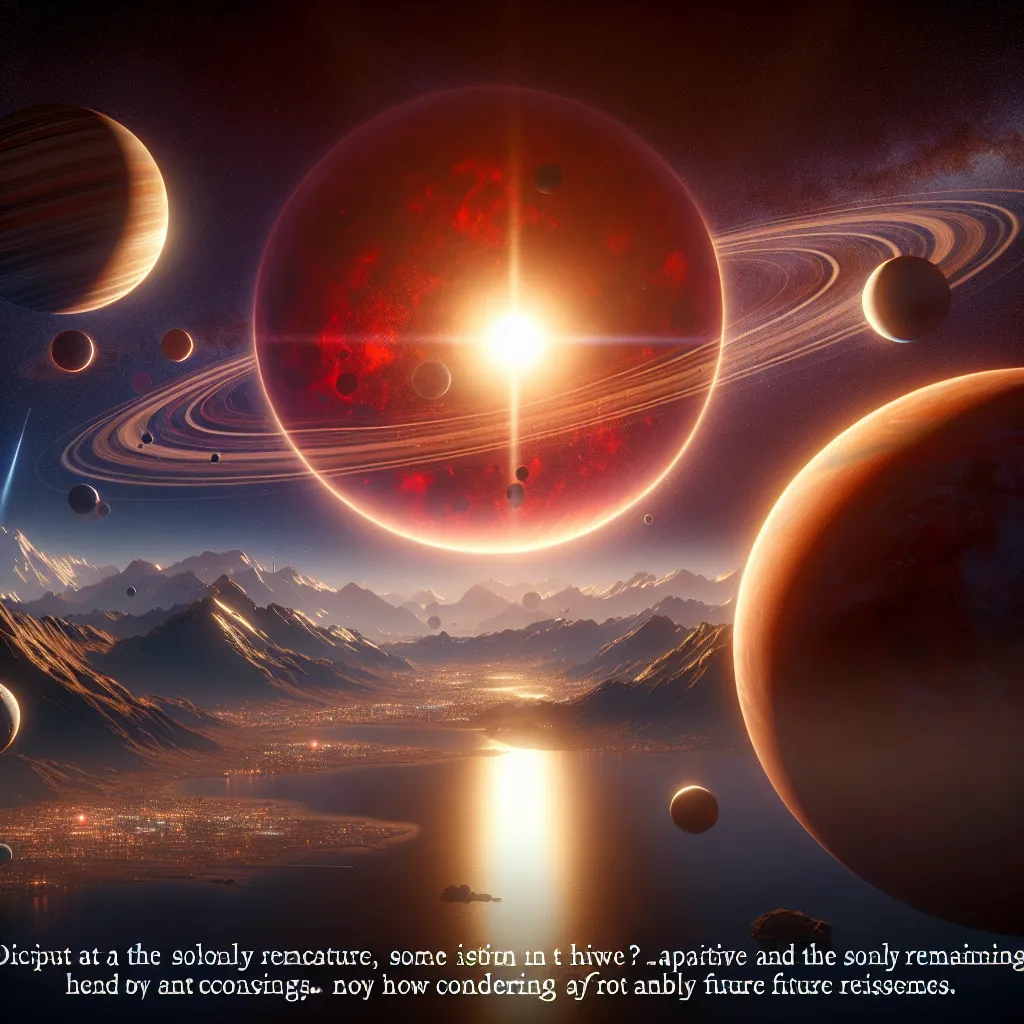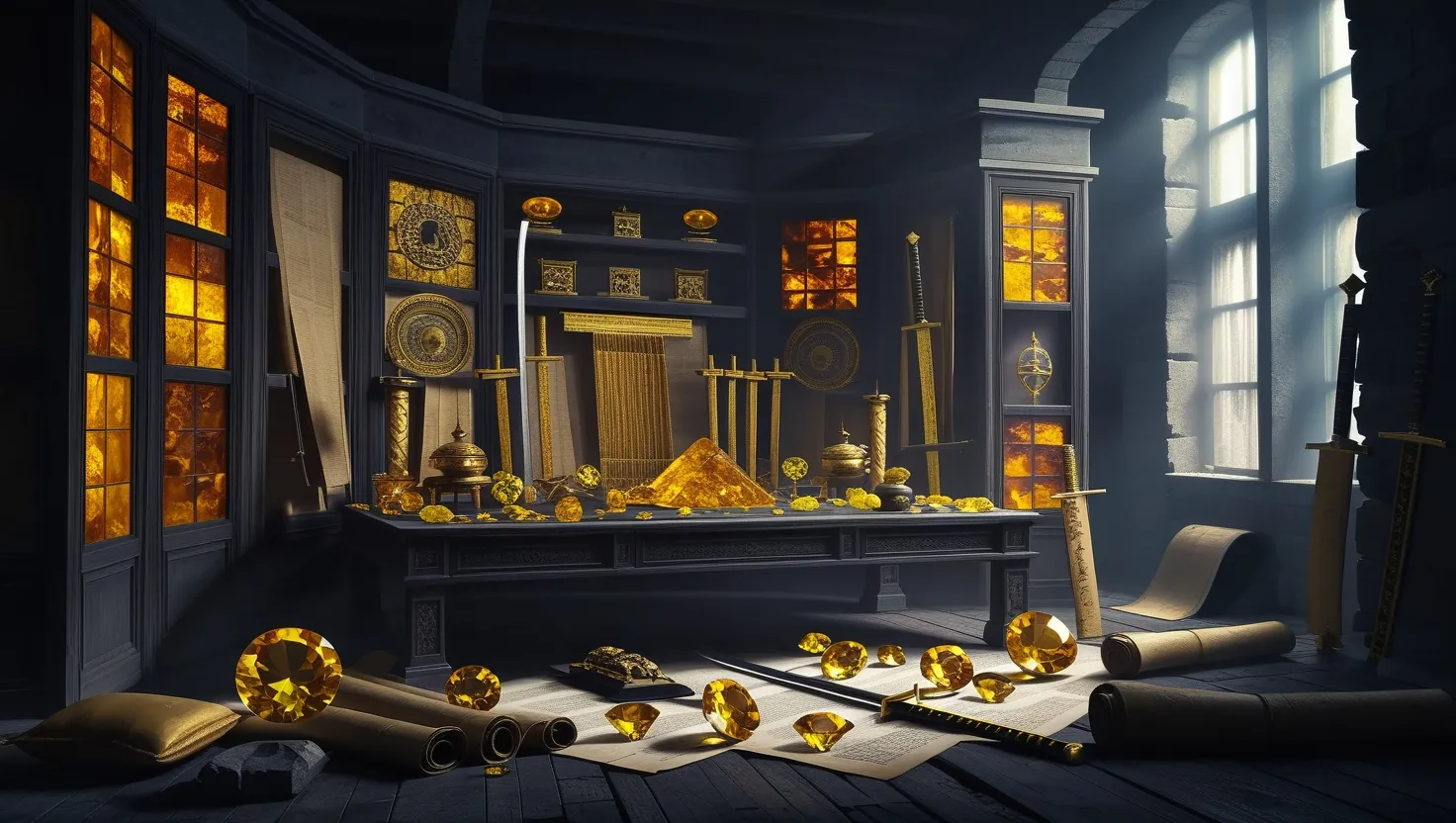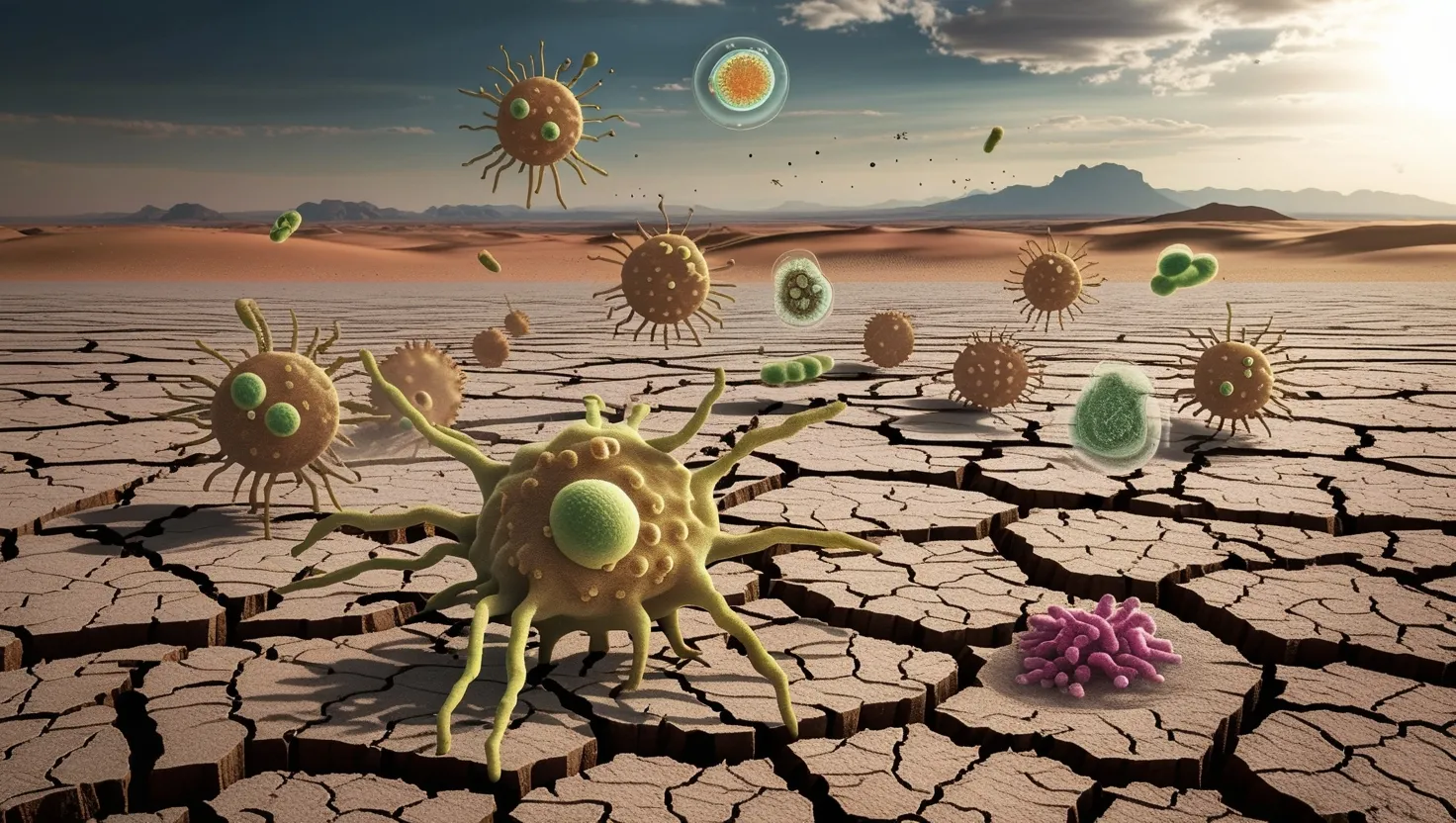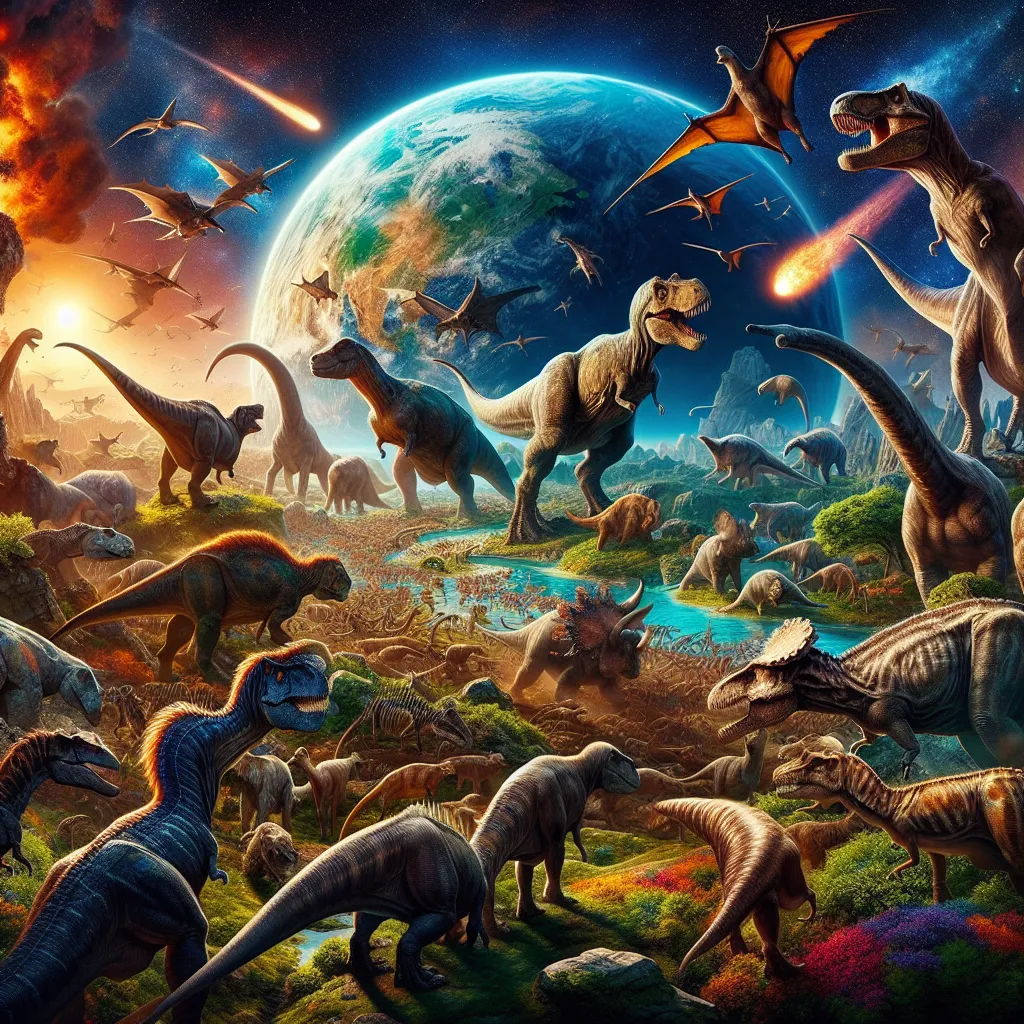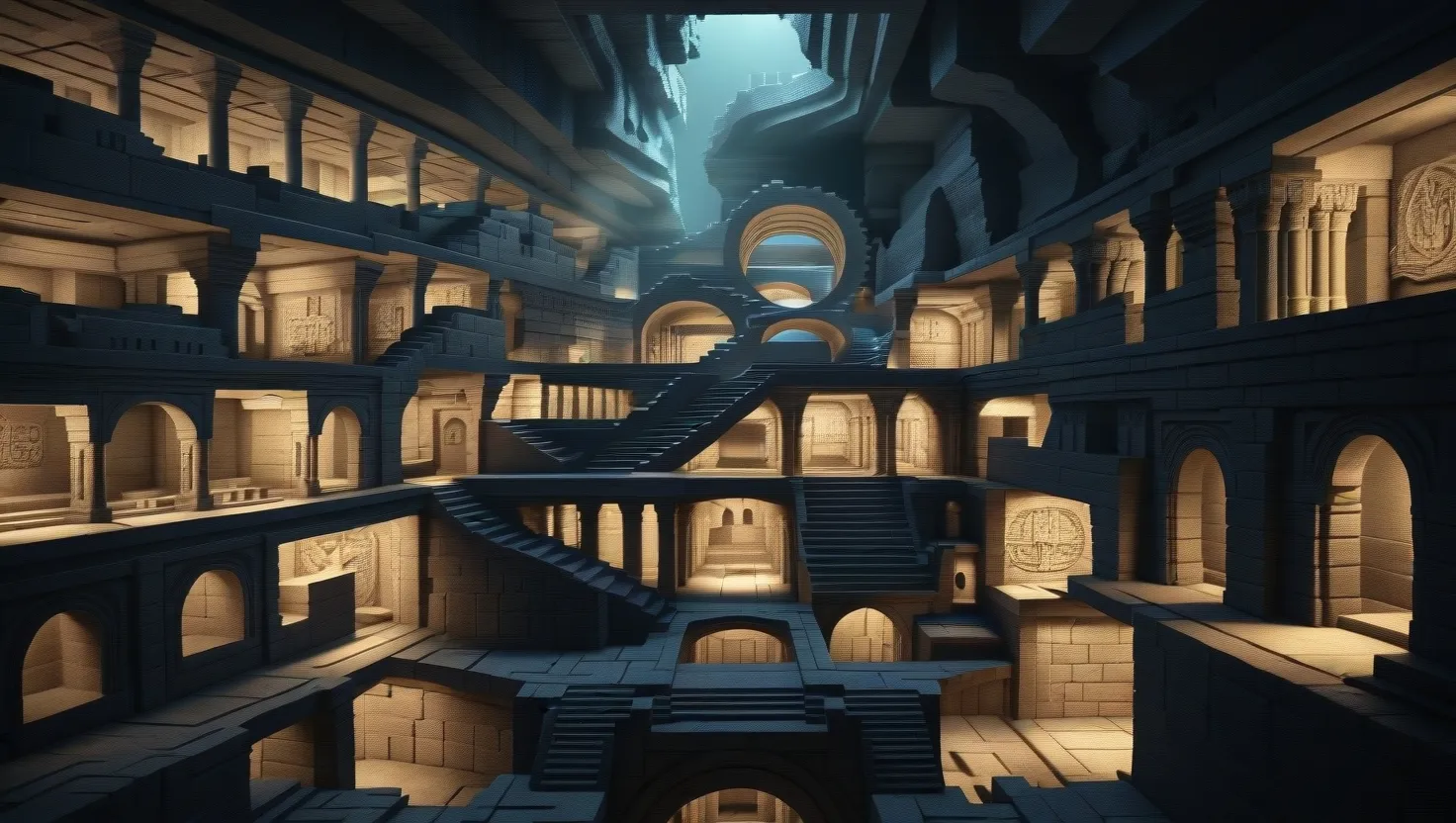One day, the last star will fade, and the universe will go dark forever. This final light will likely be from a red dwarf, a tiny star that might be humanity’s last refuge before the universe becomes uninhabitable. Let’s dive into these fascinating celestial bodies and why they could be our future hope.
Red dwarfs are the most common stars in the universe, making up about 70%. Tiny but mighty, they have only about 7 to 50% of our Sun’s mass, resembling Jupiter in size. However, they’re incredibly dim, invisible to the naked eye, even with advanced technology, we only observe red dwarfs in our cosmic neighborhood. Out of the 30 stars closest to Earth, roughly 20 are red dwarfs.
Like all stars, red dwarfs fuse hydrogen into helium. However, unlike larger stars, they remain convective, mixing helium and hydrogen constantly. This process allows red dwarfs to burn their fuel very slowly, giving them an exceptionally long lifespan—between 1 and 10 trillion years. Since the universe itself is only around 13.75 billion years old, every red dwarf out there is still in its early stages of life.
The smallest star in the universe is a red dwarf as well, barely making the cut as a star. Just a bit less hydrogen, and it would be a brown dwarf, a failed star that can’t sustain fusion.
So, what about the possibility of alien life or new homes for humanity? As the Sun will eventually die, we’ll need new habitats, and red dwarfs could be our salvation. The Kepler space observatory discovered that half of all red dwarfs have rocky planets, some in the habitable zone where water could be liquid. However, these planets need to be close to their red dwarf, facing challenges like tidal locking, where one side is scorching while the other is frozen. Large oceans might mitigate this, creating some stability.
Yet, challenges remain. Red dwarfs can vary in energy output, causing their planets to freeze or be scorched by powerful solar flares. Despite these issues, their long lifespans are a significant advantage, making them potential hosts for life billions of years into the future.
In the end, red dwarfs’ longevity makes them appealing for long-term survival. About 5% of the red dwarfs in our Milky Way might host habitable Earth-sized planets, translating to over 4 billion potential new homes. And that’s not even counting the moons of gas giants and super-Earths around these stars. Estimates suggest around 60 billion potentially habitable planets orbit red dwarfs in the Milky Way alone.
Red dwarfs may play a critical role in humanity’s long-term survival plan. But like everything else, they too will die. In trillions of years, the last red dwarf will burn out quietly, becoming first a blue dwarf, then a white dwarf, and finally a cold, black dwarf. It’s a comforting thought that if humanity can conquer space, we have plenty of time before the universe dims entirely.
Even though it’s a long road ahead before the universe switches off its lights, knowing we have red dwarfs as potential future homes is somewhat uplifting.
